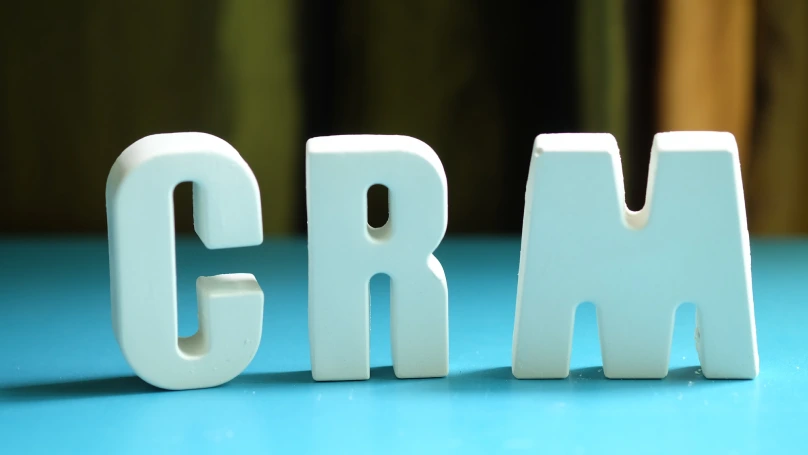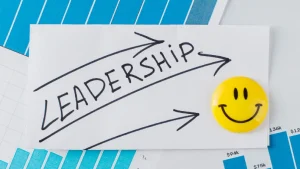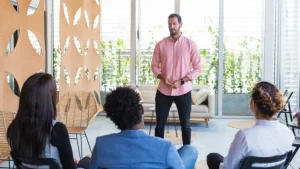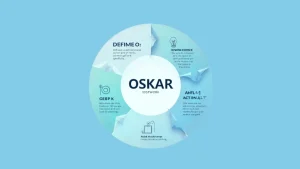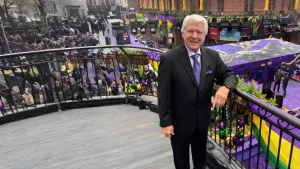Just picture standing amid a historic site today; listening to the whispers of history echoing around you. It is surprising how such sites can connect us with the lives of those who came before us. Cultural Resource Management (CRM) maintains this relationship with the past, preventing this shared heritage from getting lost in the clamoring cacophony of modern development. In an age shadowed by ever-ongoing progress, CRM is such a bridge that has remained firm between past, present, and future concerning humanity’s priceless narrative treasures.
So, what exactly is CRM, and why is it significant to us? To distinguish it from just a technical definition, CRM signifies the commitment to becoming the kind of collective attachment we have to navigate the rest of the modern world. It’s not just ebony preservation; it is the preservation of the person we are and were from where we come from. Exploring the principles and practices associated with CRM leads one to that point where progress will also consider its preservation when pondering eternities over our cultural heritage. Let’s discover this intriguing area and the significant work that must be done to preserve history for future generations.
What is Cultural Resource Management?
Cultural Resource Management (CRM) is the task of a time traveler-galactic history at once, making sure the past remains alive. In essence, CRM is the application of identifying, assessing, and protecting the cultural heritage-from ancient archaeological sites to historic buildings and sacred landscapes. CRM would become the bridge that connects modern lives with the legacy of the past.
The birth of CRM could be traced back to the middle of the twentieth century when states and societies recognized the fact that the rapid pace of development was going to erase some irreplaceable cultural assets. Today, Above all, it is significant because of adversity posed by urbanization and climate change concerning shared heritage.
CRM could have as many purposes as the cultural heritage it maintains. Most important would be the preservation of historic artifacts and places, whether a burial ground for Native Americans or a medieval castle; CRM holds the treasures for future generations to discover and revel in.
It combines redevelopment with conservation concerns. A new highway building project might be the one in which CRM would consider potential effects to historical sites and ultimately mitigate or avoid their damage.
Most importantly third attribute of CRM-makes people the general public. After all, heritage is owned collectively by everyone. The local communities must participate in heritage conservation activities with CRM so they can have a modest sense of ownership and pride in our past.
The Role of Laws and Regulations
CRM is governed by law. The U.S. National Historic Preservation Act and Native American Graves Protection and Repatriation Act provide a solid basis for the protection of cultural resources. On a worldwide level, conventions, such as UNESCO’s World Heritage Convention, acknowledge the value of heritage preservation.
These laws are not always easy to enforce. For example, an ancient site in the middle of nowhere should be protected against mining operations or agriculture. It is here that collaboration is required between policymakers, CRM people, and communities.
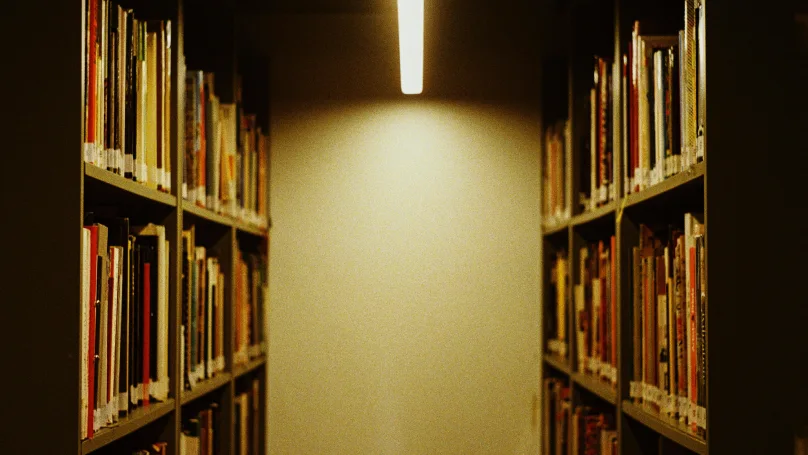
The Role of CRM in Archaeology
Really exciting from the point of view of both organizations: archaeology and CRM. Whenever there is a possible future excavation site, the sites will be saved by the CRM. When it sees that a construction job is to take place in an area of historical significance, this is where a CRM will apply its work to prevent new irreversible damage to the site.
CRM also contributes to the growth of archaeological knowledge. It documents and stores changes in artifacts so that future archaeologists will discover and learn more about them. Most of these require interdisciplinary approaches-from anthropology to history through environmental science to develop a fuller picture of cultural heritage.
For example, while developing within an urban ancient site, CRM teams find artifacts that complete chapters to history books finds of such excavations will be able to enrich the understanding of the civilizational evolution over time.
Challenges and Future of CRM
There’s a lot of problem-solving considered in the CRM field: one of the major problems is the continually moving urban and industrial lines. As cities expand, historical sites often find themselves in the crosshairs of bulldozers.
The impact of increasing concern is climate change. Rising sea levels, extreme weather, and shifting ecosystems can all threaten cultural landmarks. For example: coastal archaeological sites are threatened by erosion or flooding.
And let’s not forget ethical questions: Should artifacts return to their countries of origin? How are we to determine who “owns” heritage? Questions sparked fierce debate within the CRM community.
There is thus much to talk about in terms of future opportunities that CRM can provide. For one, technology is making the very landscape of this field a different discussion entirely. Using LiDAR-light detection and ranging-archaeologists can map sites without even touching the ground. 3D modeling is capable of creating virtual replicas of artifacts, thus making them available to everyone with Internet access.
Another trend is the development of networks. CRM professionals have started to construct a network where anyone else can share what has been learned from the worldwide experience and even create a more united front for heritage preservation. Awareness of public issues would educate the coming generations on their culture and heritage and instill appreciation for it in their hearts.
Conclusion
Cultural Resource Management transcends the simple preservation of artifacts; it deals with honoring stories and identities-making us who we are. Indeed, CRM protects the past, shapes, and inspires the future to be created. Next time you walk through a historical site, remember the many invisible army professionals, and CRM. Together, we will resonate the echoes of history into generations.

